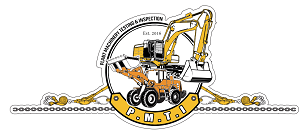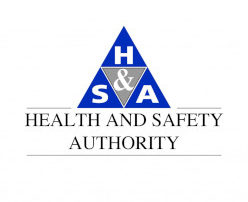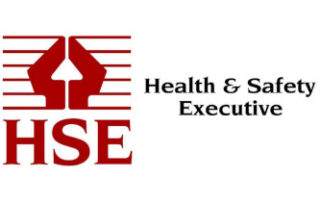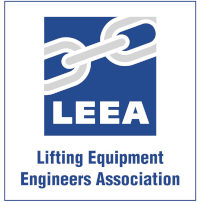Lifting Operations and Lifting Equipment Regulations (LOLER)
Summary of regulations only. Do not rely on this information as being complete, accurate or up-to-date.
What is a LOLER Inspection?
What does LOLER require?
The Lifting Operations and Lifting Equipment Regulations 1998 (LOLER) addresses the specific risks associated with the use of lifting equipment. Thorough examination and inspection are key requirements of the Regulations. To meet these requirements, duty holders must:
■ ensure lifting equipment (including lifting accessories) exposed to conditions causing deterioration which could lead to dangerous situations undergoes regular thorough examination by a competent person; and
■ ensure all supplementary inspections and tests recommended by the competent person are carried out within the timescale stated.
Examples of conditions causing deterioration are wet, abrasive or corrosive environments.
What equipment is covered by LOLER?
The scope of the Regulations is very wide and includes a range of equipment (see Table 1 for some examples). There are two important definitions you need to know:
■ ‘lifting equipment’ means work equipment for lifting and lowering loads. The definition includes attachments used to anchor, fix or support the equipment (eg the runway of an overhead crane);
■ ‘accessory for lifting’ means lifting equipment for attaching loads to machinery for lifting.
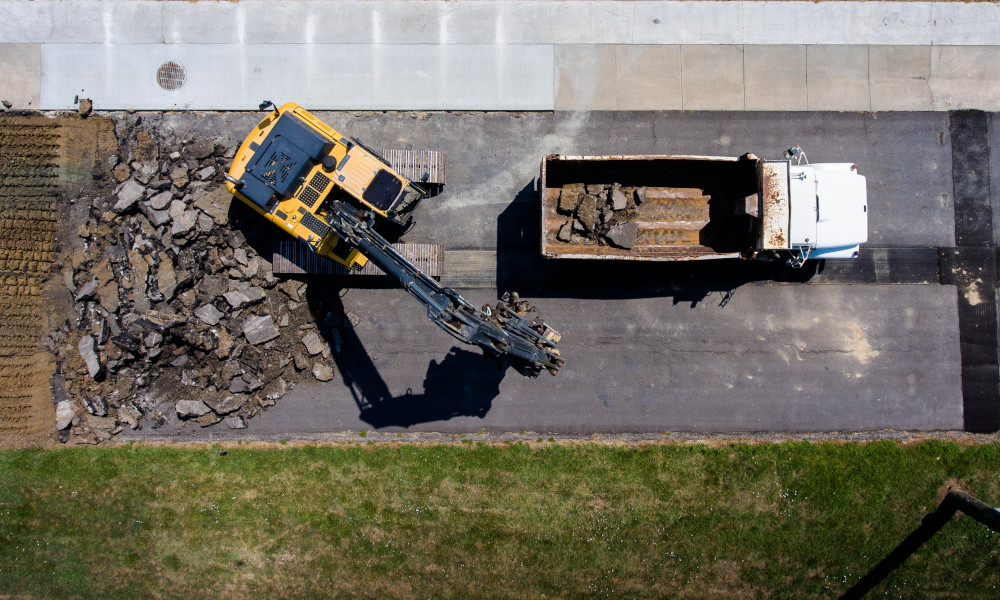
Equipment Covered by LOLER
Lifting Equipment
1. Cranes 2. Workplace passenger and goods lifts 3. Construction hoists 4. Dumb waiters 5. Scissors lifts 6. Vehicle tail lifts 7. Bath hoists 8. Stairlifts 9. Telehandlers and industrial lift trucks 10. Vehicle lifts
Accessories for Lifting
1. Slings 2. Hooks 3. Shackles 4. Eyebolts 5. Ropes used for climbing or work positioning
What equipment is not covered by LOLER?
Some equipment used in lifting is not covered by LOLER. Where this is the case, you would still have duties under PUWER to ensure the work equipment is safe and suitable, for example:
■ equipment whose principal function is not lifting, for example conveyor belts or the three-point linkage on a tractor;
■ items such as pallets, skips, ladles, one-trip slings attached to a load and similar containers, which are considered part of the load.
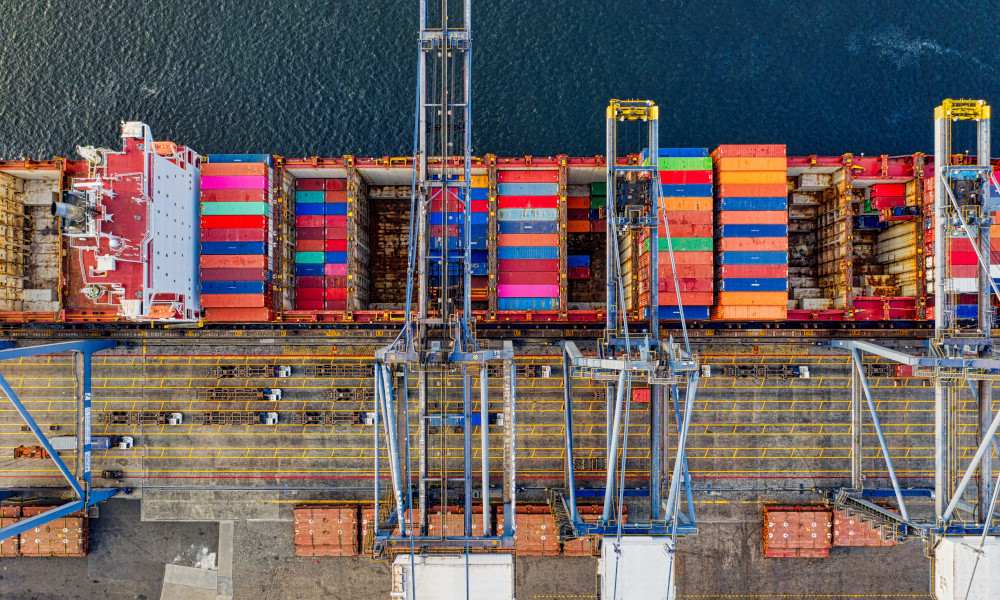
Who is a “Competent person”?
A competent person:
■ should have enough appropriate practical and theoretical knowledge and experience of the lifting equipment so that they can detect defects or weaknesses, and assess how important they are in relation to the safety and continued use of the equipment;
■ should not be the same person who performs routine maintenance as they would be responsible for assessing their own work;
■ should be sufficiently independent and impartial to make objective decisions;
■ may be employed by a separate company, or selected by an employer from members of their own staff.
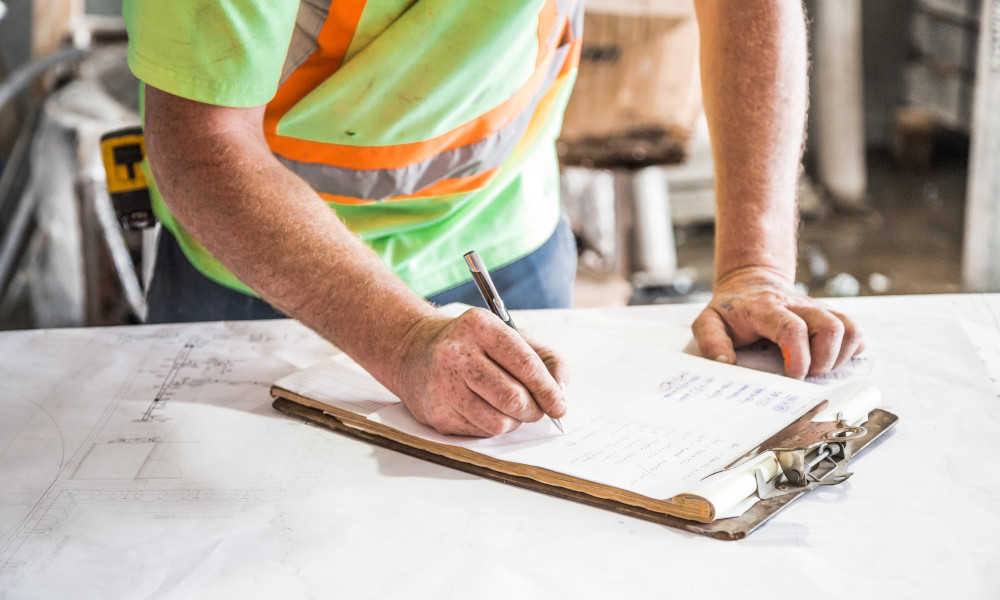
What is a Thorough Examination?
A thorough examination is a systematic and detailed examination of the lifting equipment by a competent person to detect any defects that are, or might become, dangerous.
The competent person will determine the scope of the thorough examination and they may use a number of sources to help them do this, such as industry guidance.
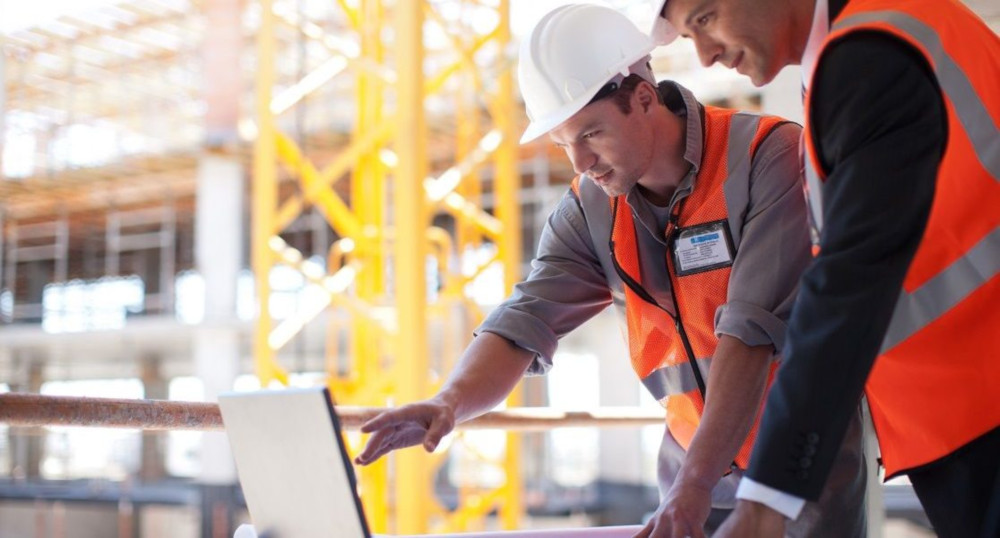
How often must equipment and accessories be examined?
You must have lifting equipment thoroughly examined:
■ before using it for the first time – unless the equipment has an EC Declaration of Conformity less than one year old and was not assembled on site. If it was assembled on site, it must be examined by a competent person to establish the assembly was correct and safe, eg a platform lift installed in a building;
■ after assembly and before use at each location for equipment that requires assembly or installation before use, eg tower cranes;
■ regularly in service if the equipment is exposed to conditions causing deterioration that is likely to result in dangerous situations. If this applies to your equipment you have a choice. You can arrange for the thorough examination to be carried out: -at regular intervals (either at least every 6 months or 12 months depending on whether the lifting equipment is for lifting people or not); or -in accordance with an examination scheme drawn up by a competent person.
Accessories for lifting must be thoroughly examined either at least every 6 months or in accordance with an examination scheme.
Always have lifting equipment thoroughly examined following ‘exceptional circumstances’, eg if it is damaged or fails, is out of use for long periods, or if there is a major change in how it is used which is likely to affect its integrity.
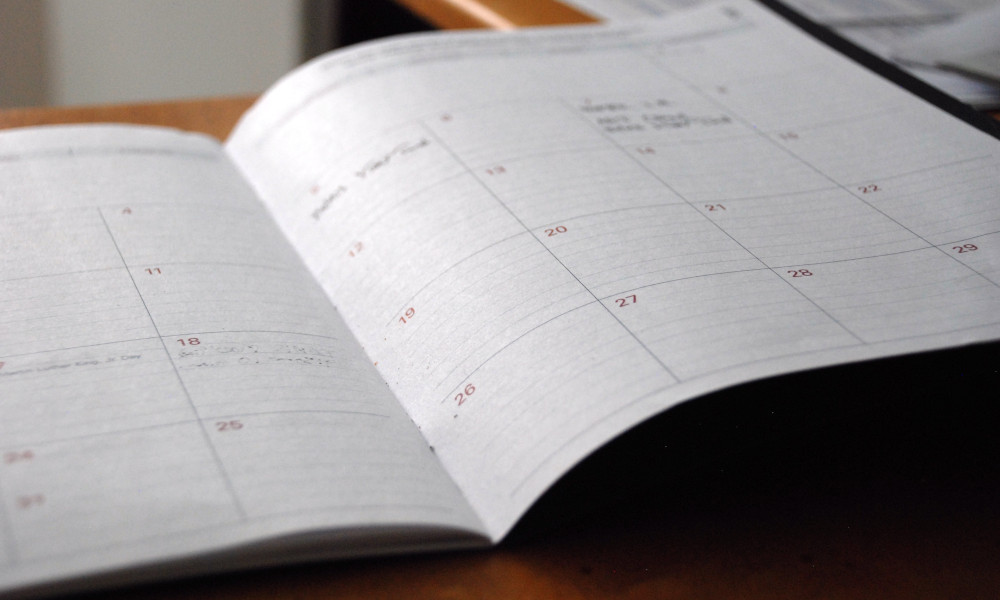
What is an examination scheme?
An examination scheme involves a thorough examination and would include a detailed schedule of checks, appropriate examination techniques and testing requirements, drawn up to suit the operating conditions of a specific item of lifting equipment. This can help ensure that the resources you spend more accurately reflect the level of risk. The examination scheme:
■ should identify the parts of the lifting equipment to be thoroughly examined;
■ can cover a number of similar items subject to the same operating conditions, eg all the lifting accessories in a factory which are sufficiently similar in age and subjected to similar amounts of use;
■ may often specify periods that are different (longer or shorter) from the ‘periodic’ examination intervals (ie 6 or 12 months), but a longer period must be based on a rigorous assessment of the risks;
■ can be drawn up by the user, owner, manufacturer or some other independent person, as long as they have the necessary competence;
■ should be reviewed regularly, during each thorough examination and after any event that may alter the risks associated with the lifting equipment. You must inform the competent person of any incidents that may affect the risks associated with the use of the equipment.
